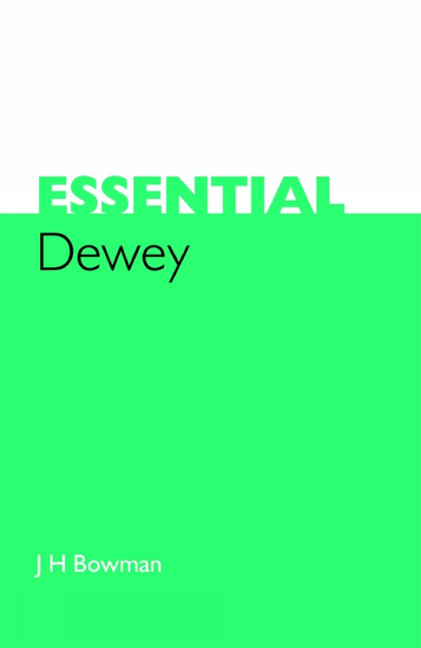Book contents
- Frontmatter
- Contents
- Preface
- 1 Introduction and background
- 2 Outline of the scheme
- 3 Simple subjects
- 4 Number-building, 1: Standard subdivisions
- 5 Number-building, 2: Other methods
- 6 Preference order
- 7 Exceptions and options
- 8 Special subjects
- 9 Compound subjects
- 10 WebDewey
- Answers to exercises
- Bibliography
- Index
4 - Number-building, 1: Standard subdivisions
Published online by Cambridge University Press: 08 June 2018
- Frontmatter
- Contents
- Preface
- 1 Introduction and background
- 2 Outline of the scheme
- 3 Simple subjects
- 4 Number-building, 1: Standard subdivisions
- 5 Number-building, 2: Other methods
- 6 Preference order
- 7 Exceptions and options
- 8 Special subjects
- 9 Compound subjects
- 10 WebDewey
- Answers to exercises
- Bibliography
- Index
Summary
So far we have looked at cases where you find the number you want in the schedules and can use it without more ado. But you will quickly find that such occurrences are actually comparatively rare. More often you need to add something to the number to express another aspect of the subject. This is called number-building, and there are several ways of doing it.
The most widely available is the use of the standard subdivisions, which appear in Table 1 in Volume 1 of the scheme.
➤With an important exception (see below, pp. 36–8), you can use standard subdivisions wherever you like, without any special instruction in the schedules. The other methods of number-building depend on specific instructions at the points where they apply.
(The other tables in Volume 1 are used in rather different ways, and cannot be used unless there is a specific instruction. We will come to them later.)
The idea of the standard subdivisions is that they cover features that are likely to apply in all kinds of different subject areas; putting them in a table to themselves means that they do not have to be printed over and over again wherever you might want them.
Unfortunately, because of the way the scheme has developed over a long period, they are rather a mixture of different kinds of thing. Some, like —06, —07 or —09, are genuinely subject aspects, but others, like —03, are purely concerned with the form in which the material is presented. Here is a summary list of them:
—01 Philosophy and theory
—02 Miscellany
—03 Dictionaries, encyclopedias, concordances
—04 Special topics
—05 Serial publications
—06 Organizations and management
—07 Education, research, related topics
—08 History and description with respect to kinds of persons
—09 Historical, geographic, persons treatment
Nearly all of these are further divided.
➤Note that they are all printed with a long dash — in front of them. This is not part of the final number, and should be left out when you are building your class-number. It is just there to show that these numbers cannot be used on their own: they have to be attached to a main number.
Let us have a look at what some of them mean, before we see how to add them to the main numbers.
- Type
- Chapter
- Information
- Essential Dewey , pp. 28 - 44Publisher: FacetPrint publication year: 2004



